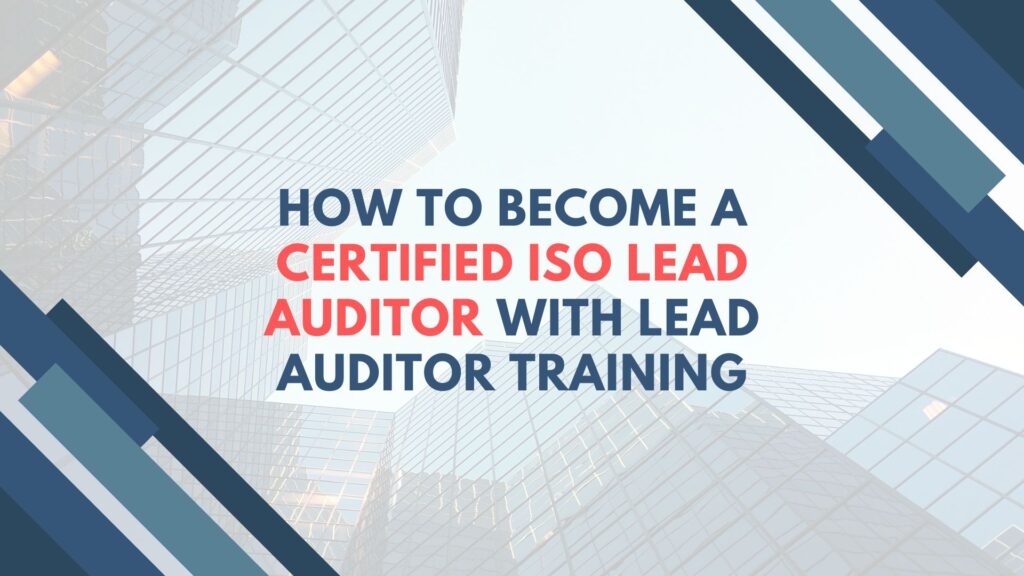A certified lead auditor is responsible for planning, conducting, and managing audits of management systems. Their job functions include assessing conformity to the ISO standards, such as ISO 9001 (Quality Management), ISO 14001 (Environmental Management), or ISO 27001 (Information Security Management). They identify aspects for improvement, suggest corrective action, advise organizations on maintaining management systems, manage effective audit teams, and submit findings to stakeholders. In this role, they will be able to ensure the organizations maintain high standards of quality, security, and environmental responsibility.
ISO Lead Auditor Training equips professionals with the knowledge and skills to perform audits, ensuring that organizations adhere to international standards. This article provides a step-by-step guide to becoming a Certified Lead Auditor through ISO Lead Auditor Training.
Step-by-Step Process to Become a Certified Lead Auditor
Step 1: Understand the Requirements
Before joining ISO Lead Auditor Training, grasping the requirements and competencies for the position is crucial. Therefore, you must have a broad knowledge of ISO standards, experience in quality management or compliance work, and be willing to learn and assess intensively. This, therefore, is a precondition for success in the training and certification process.
Step 2: Select the Correct Provider for Training
Ensure a quality education by selecting an accredited training provider. Check for the accreditation of bodies such as IRCA or Exemplar Global. Check for the provider’s reputation and history. Ensure the course content is about the ISO standard you are preparing to audit, and select a delivery mode—online, classroom, or mixed—to suit your learning style.
Step 3: Finish ISO Lead Auditor Training
ISO Lead Auditor Training is usually conducted over 4-5 days. It includes a comprehensive understanding of ISO standards, audit planning and preparation, effective auditing skills, correct audit reporting, and mock audits for practical exposure. This extensive training program teaches participants to handle real-life auditing scenarios confidently and competently.
Step 4: Pass the Examination
Any graduate of this course should take an examination at the end of the training to check their understanding. The exam comprises multiple-choice questions, scenario questions, and practical exercises. Successfully passing the exam earns a certificate of achievement, which is crucial to progressing to certification.
Step 5: Obtain Practical Audit Experience
Part of becoming a Certified Lead Auditor is practical audit experience. Certification bodies usually require documentation on audits performed, whether alone or in team settings, and the number of audit days. This hands-on experience improves your skills and prepares you for the certification process.
Step 6: Obtain Certification
After training and gaining sufficient experience, apply for Lead Auditor certification through a recognized body. The application process involves submitting documentation of your training, exam results, and audit experience. Certification bodies may also review your application, conduct interviews, or assess your skills further. Paying the certification fee is also part of the process.
Benefits of Becoming a Certified Lead Auditor
Becoming a Lead Auditor certified has a lot of professional benefits. Certification improves your career opportunities and is a qualification for high-level roles. ISO certifications are highly recognized globally, enhancing the employee’s professional credibility. Certified Lead Auditors are in demand and thus command competitive salaries. Professional growth and skill development in auditing and compliance are also avenues that the role provides. It also allows one to network with professionals and organizations from various industries.
Conclusion
Lead Auditor certification can be acquired through ISO Lead Auditor training. The journey would start with comprehending the ISO standards, finding a suitable organization for the training, completing such training, gaining practical experience, and eventually getting qualified.

